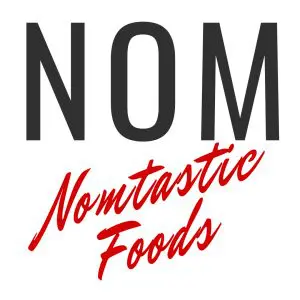Disclosure: We only recommend products we would use ourselves, and all opinions expressed here are our own. This post may contain affiliate links from which, at no additional cost to you, we may earn a small commission.

Coffee is loved by many around the world, but when it comes to brewing methods, there are many options to choose from. Among these, the terms “moka pot coffee” and “espresso” often create confusion.
So, let’s clear up the common misconceptions!
What’s the Common Misconception?
Many believe that a moka pot is a “stovetop espresso” maker.
However, while the moka pot and espresso machine share similar brewing processes, they aren’t quite the same thing.
The main difference lies in the pressure each appliance uses during the brewing process, with an espresso machine applying a significantly higher pressure.
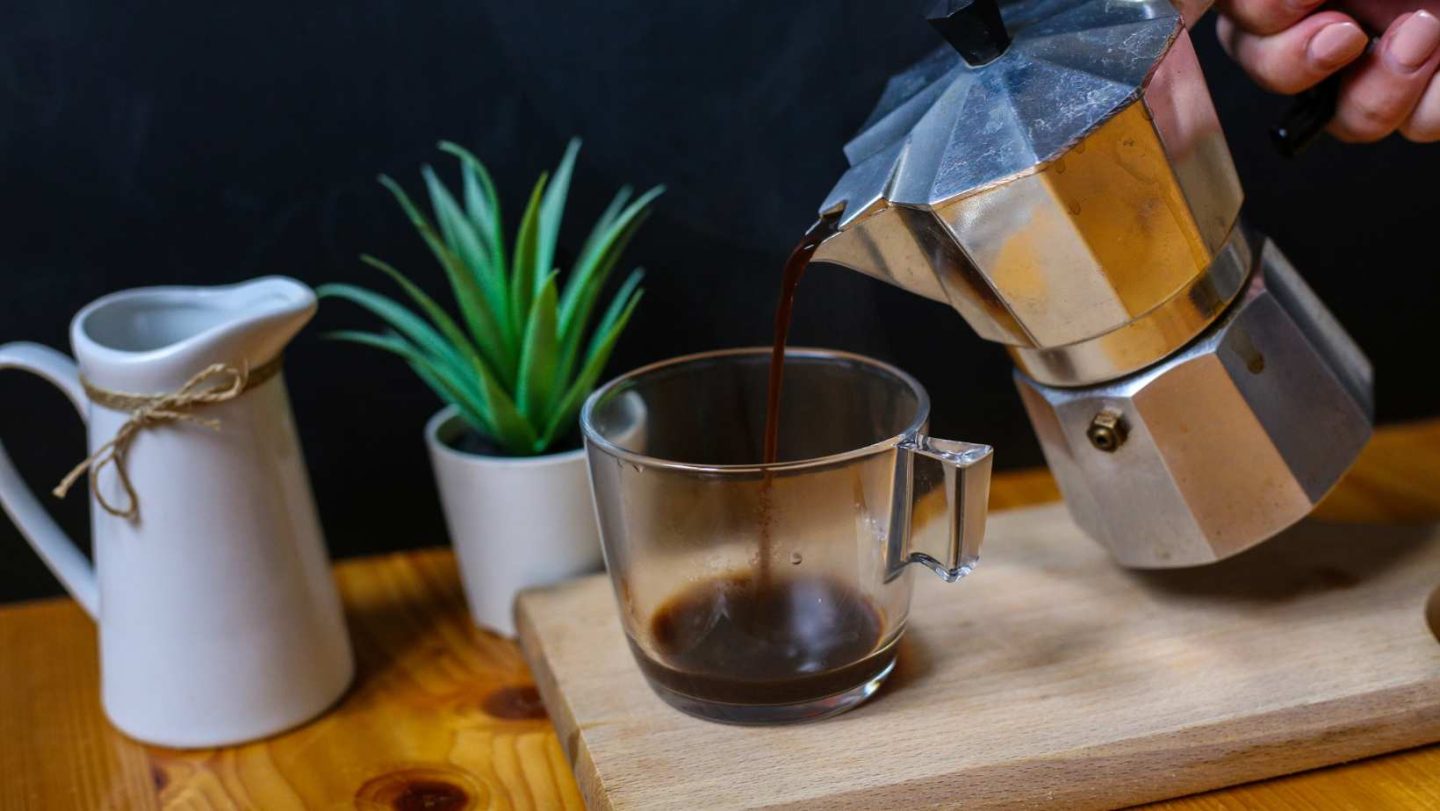
What is a Moka Pot?
The Moka Pot, invented by Alfonso Bialetti in 1933, is a stovetop coffee maker that brews coffee by passing boiling water pressurized by steam through ground coffee.
Named after the Yemeni city of Mocha, the Moka Pot has three chambers: a bottom chamber for water, a middle one for coffee grounds, and a top one where the brewed coffee ends up.
It typically operates at 1-2 bars of pressure, far less than the 9 bars required for espresso.
The coffee produced is strong and robust, characterized by a flavor intensity that falls somewhere between a standard drip coffee and an espresso.
Its ease of use, affordability, and capacity to create a delightful, espresso-like coffee without an expensive machine have made it a staple in many kitchens worldwide.
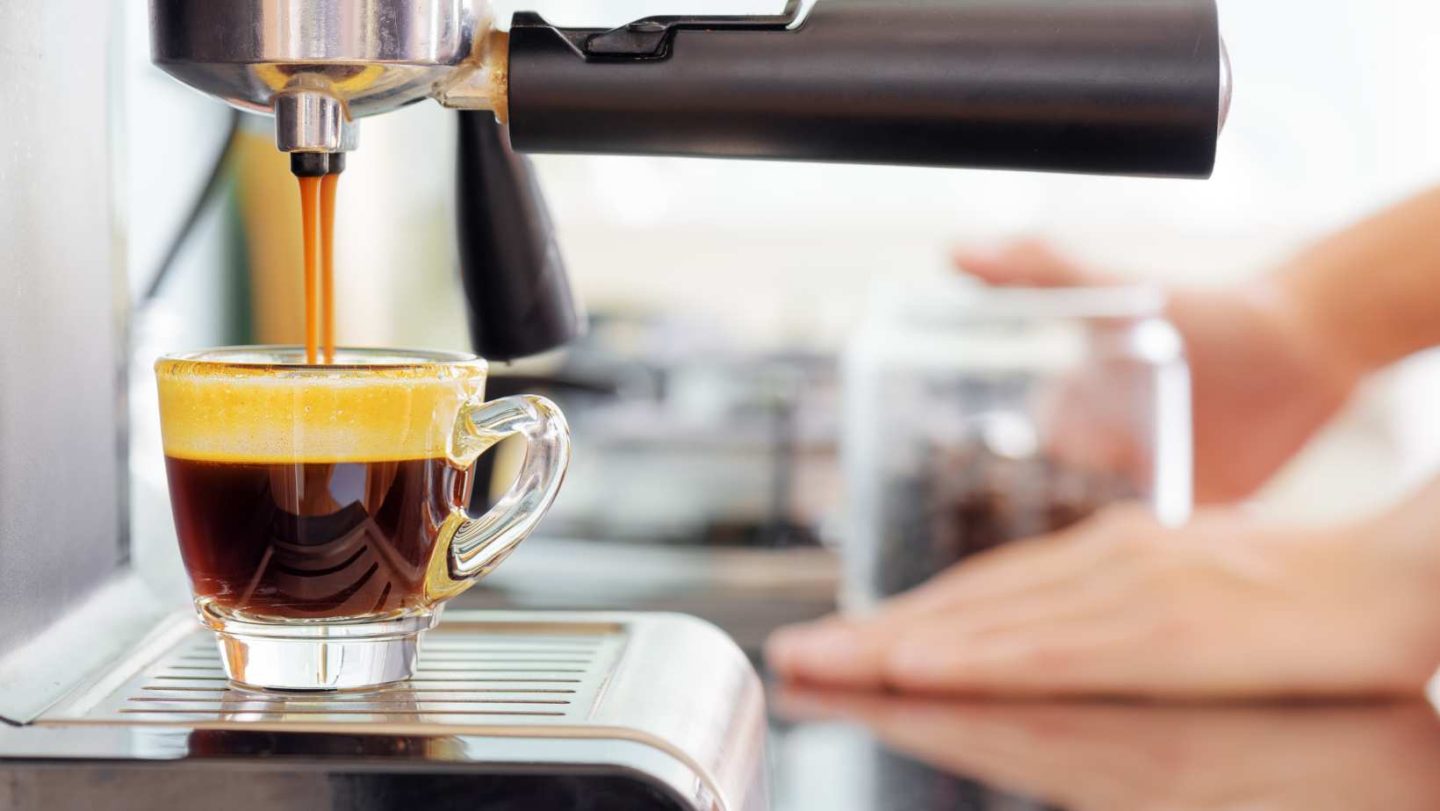
What is Espresso?
The term “Espresso” has its roots in Italy and is synonymous with a unique coffee-brewing technique that leverages high pressure to force nearly boiling water through finely ground coffee.
Unlike common misconceptions, espresso does not refer to a particular type of coffee bean or roast; it is purely the end result of a specific extraction process. In fact, you can make espresso with everything from dark to blonde roast coffee beans.
A true espresso is identified by its distinctive characteristics: it offers a strong, robust flavor, thanks to the concentrated nature of its extraction process.
An essential defining trait of an authentic espresso is the layer of ‘crema’ on top — a creamy, foam-like layer that forms when air bubbles combine with the soluble oils in the coffee. The crema not only adds a smooth texture to the espresso, but also enriches the overall flavor and aroma, sealing in the robust and full-bodied character of the espresso.
The essence of an espresso lies in its intensity, the richness of flavor, and the experience of savoring a coffee that has been carefully crafted under precise conditions.
This makes espresso not merely a cup of strong coffee, but a true work of culinary art.
If you’re looking for an incredible introductory home espresso machine look no further than the Breville Cafe Roma ESP8XL.
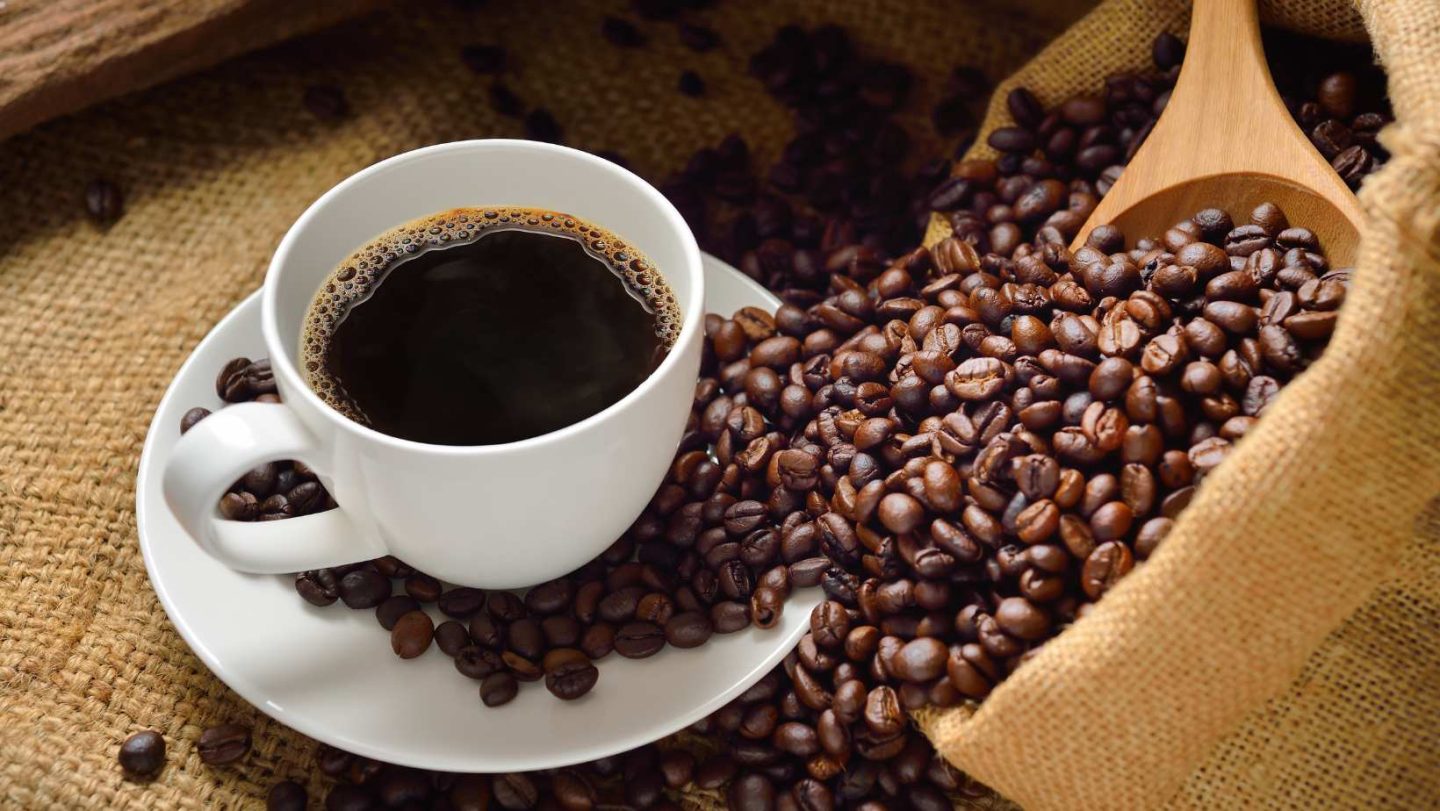
Moka Pot vs Espresso Machine: The Key Differences
In this section, we’ll compare the two brewing methods based on key parameters to help you determine which suits you best.
Taste / Flavor
When it comes to flavor, both brewing methods offer a rich, bold cup of coffee.
However, the moka pot and espresso machine each bring out unique characteristics in your coffee beans.
The Richness of Moka Pot Coffee
The moka pot, invented by Alfonso Bialetti, brews a rich, flavorful coffee that’s somewhere between a regular drip coffee and a shot of espresso. It’s less intense than an espresso but stronger than your average cup o’ joe.
This makes moka coffee perfect for coffee lovers who appreciate a strong cup of coffee without the intense bitterness often associated with espresso.
The Intensity of Espresso
Brewing coffee with an espresso machine delivers an intense, full-bodied cup of coffee with a layer of crema.
This bold flavor comes from the high-pressure extraction process which pulls the coffee oils into the brew, resulting in a thick, rich shot of espresso.

Versatility Of The Brew
The versatility of the moka pot and espresso machine makes them a favorite among coffee enthusiasts.
Moka Pot’s Diverse Range
The moka pot’s simple design makes it versatile in terms of heat source; it can be used on gas, electric, or even camping stoves.
Additionally, you can experiment with the amount of coffee and water, grind size, and heat level to create your perfect cup of coffee.
Espresso’s Classic Taste and Specialty Drinks
Espresso machines are a staple in coffee shops, thanks to the variety of specialty drinks they can create.
An espresso machine is not just for brewing a shot of espresso but is also the foundation for many specialty coffee drinks like lattes, cappuccinos, and Americanos.
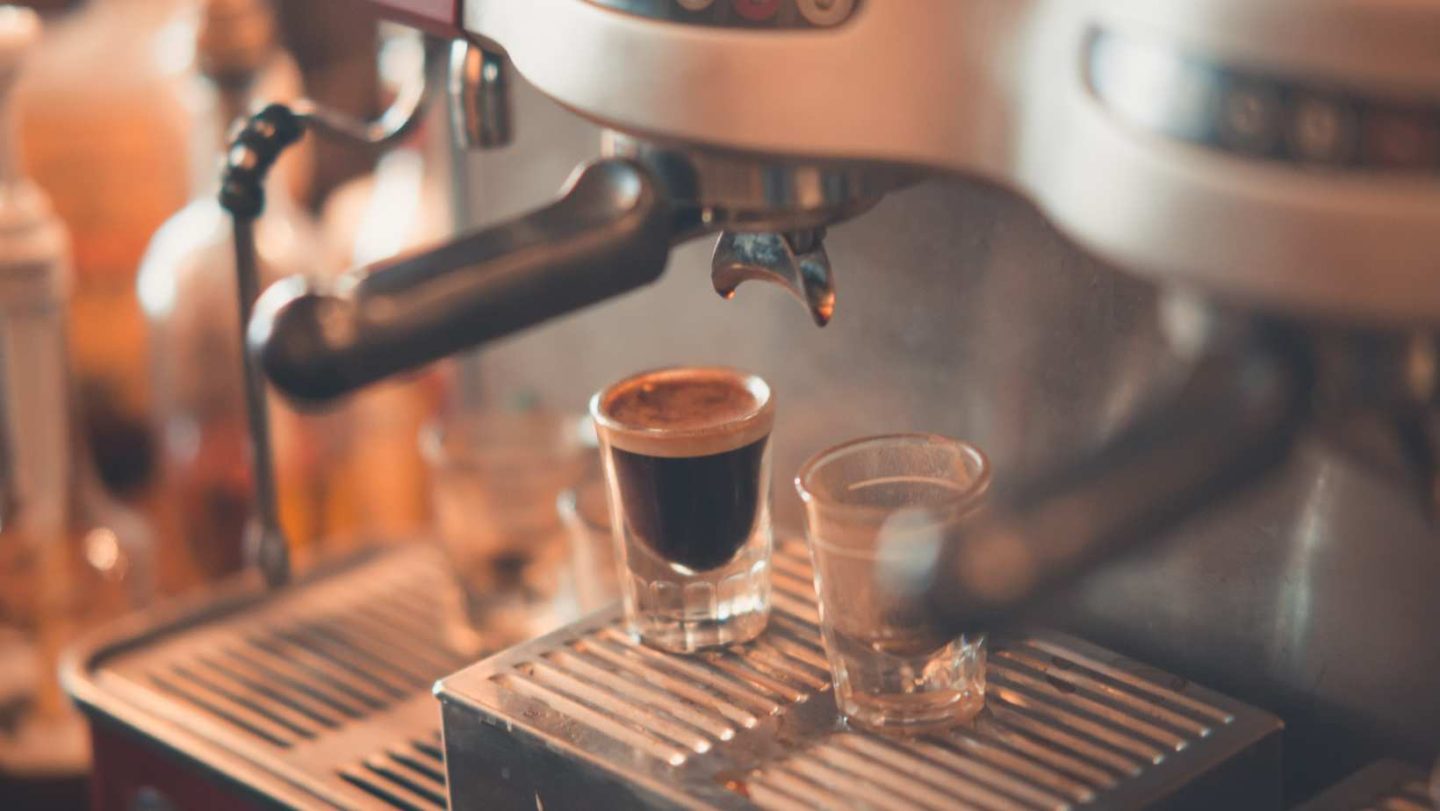
Durability
The lifespan of your coffee brewing appliance can be a deciding factor for many.
Bialetti Moka Express: The Robust Aluminum Moka Pot
Made predominantly from aluminum, moka pots like the Bialetti Moka Express are incredibly durable. Their compact and sturdy design means they are likely to last for years, even with regular use.
The Stainless Steel Espresso Machine
On the other hand, a high-quality home espresso machine, typically made from stainless steel, can also serve you for many years.
But it’s a more substantial appliance with a lot more moving parts, which can make maintenance a little more complex.
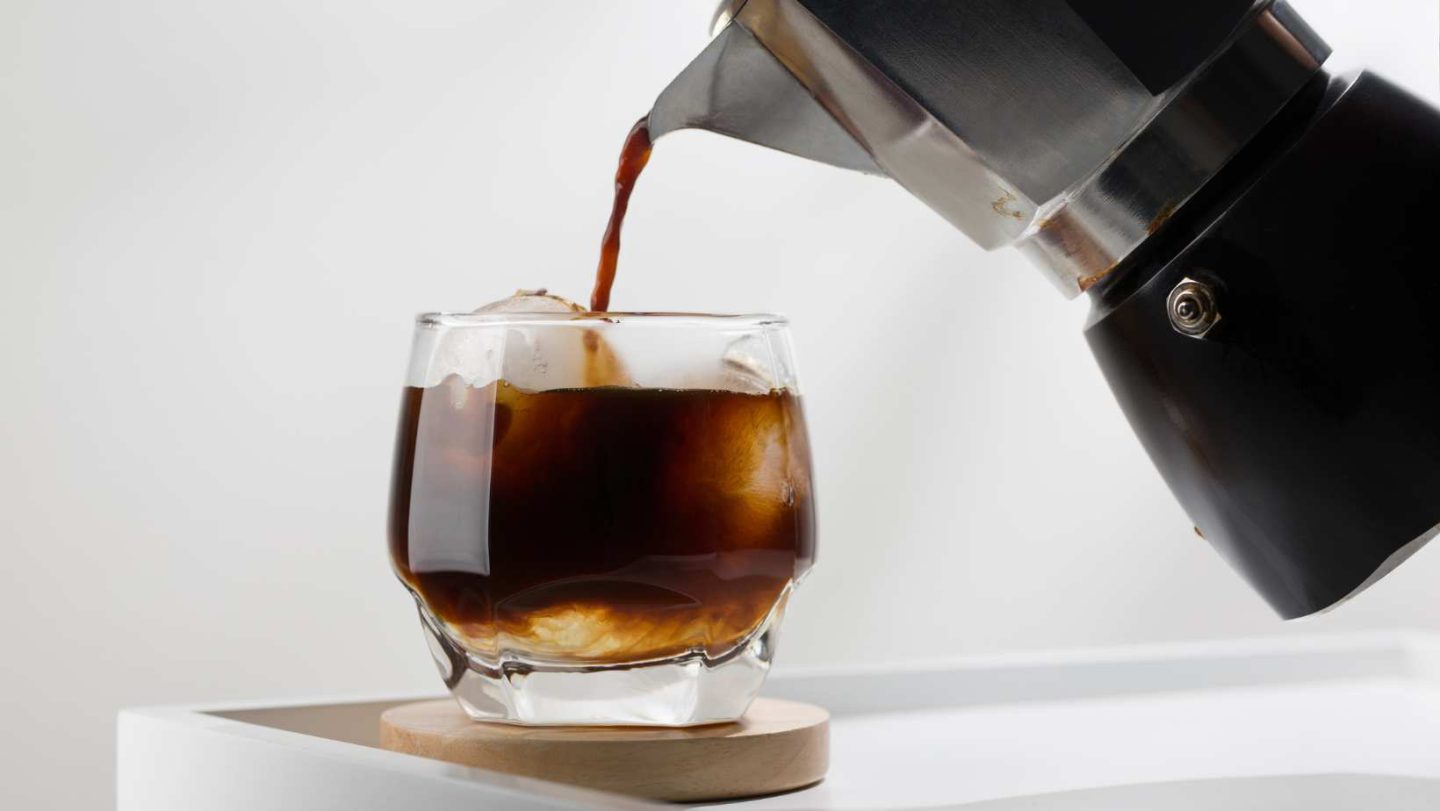
Ease Of Use
Brewing a delicious cup of coffee should be simple and enjoyable. Both the moka pot and espresso machine offer unique brewing experiences.
The Simple Moka Pot
The moka pot’s design makes it straightforward and easy to use.
You just fill the bottom chamber with water, add ground coffee into the middle chamber, assemble the pot, and place it on a heat source.
As the water heats up, the steam pressure pushes the water through the coffee grounds and into the upper chamber, delivering a robust coffee.
The Sophisticated Espresso Machine
Operating an espresso machine is more intricate and might require some practice.
You need to measure and grind the coffee, tamp it into the portafilter, then attach it to the machine and start the brewing process.
The machine forces hot water at high pressure through the coffee, creating a shot of espresso in seconds. This is an art form, often practiced to perfection by baristas in your local coffee shop.
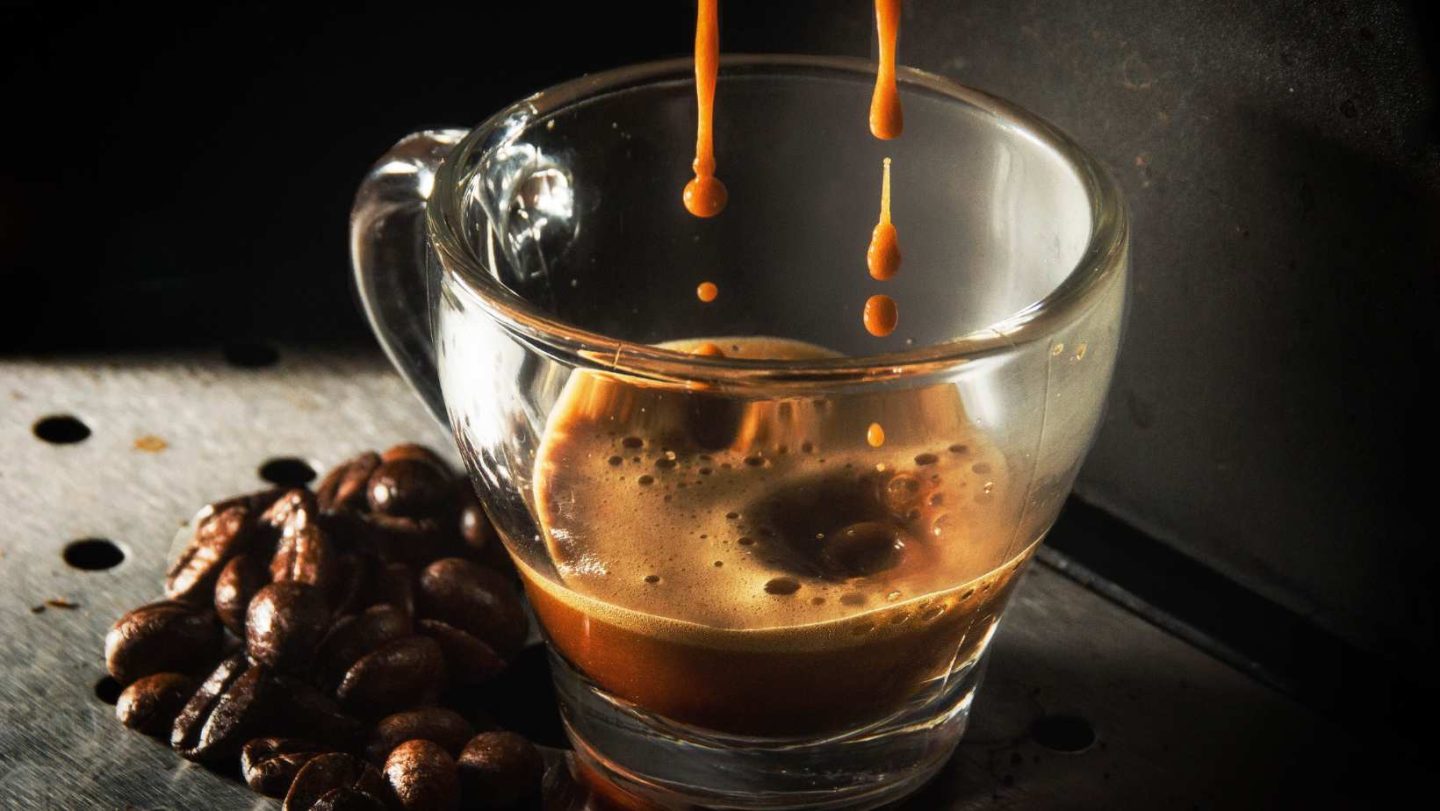
Brew Time
Moka Pot Brew Time
The brewing time of a Moka Pot can vary depending on the size of the pot and the heat source. On average, it takes about 5-10 minutes from the time the water starts heating to the moment the coffee is ready.
The process involves heating the water in the lower chamber until it creates enough steam to pressure the water through the coffee grounds into the top chamber.
Espresso Machine Brew Time
For an espresso machine, the ideal extraction time for a single shot of espresso (about 30 ml) is typically between 20-30 seconds, once the machine is properly heated.
Pre-heating the machine could take anywhere from a few minutes in high-end, fast heating machines to 15-20 minutes in some less expensive models.
The total brew time also depends on how long it takes to grind the beans and tamp the coffee, which could add a few more minutes.
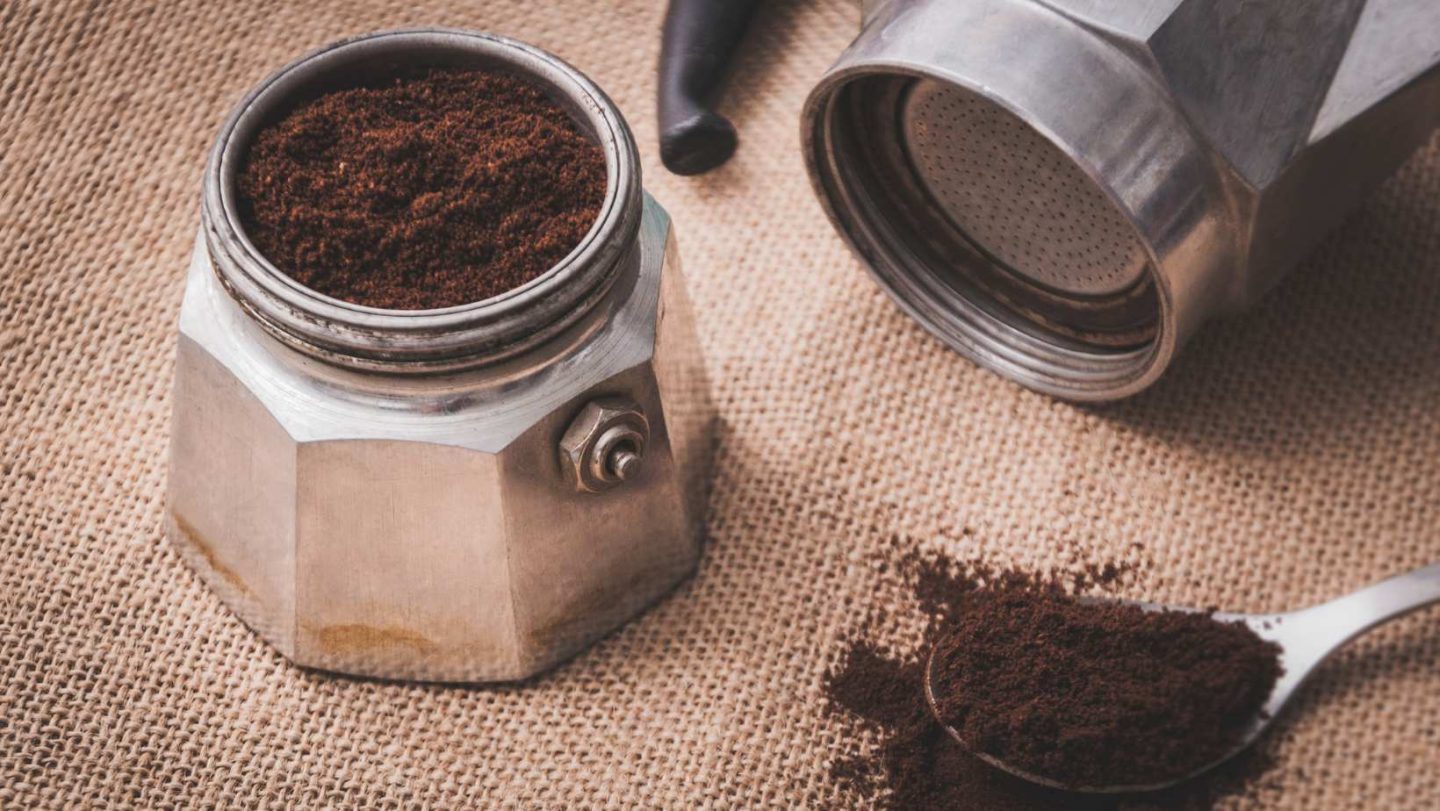
Ease of Cleanup
Cleaning a Moka Pot
Cleaning a moka pot is fairly straightforward. After each use, it should be disassembled and rinsed with warm water.
It’s recommended not to use soap as it can leave a residue that might affect the flavor of your coffee. A deeper clean can be performed every few weeks, where the pot is disassembled and all parts are thoroughly scrubbed.
Cleaning an Espresso Machine
Espresso machines require more care and maintenance due to their complexity.
After each use, the portafilter should be removed and cleaned, and the group head should be flushed with water.
Weekly cleaning tasks might include back-flushing the machine with a cleaning solution to remove coffee oils and residue. Regular descaling should also be performed to remove any build-up of limescale.

Capacity
Moka Pot Capacity
Moka pots come in a variety of sizes, from small models that make just one cup of coffee (around 60ml), to larger models that can produce up to 12 cups (around 720ml).
The capacity is based on the size of the water chamber and the coffee basket.
Espresso Machine Capacity
Espresso machines typically brew one or two shots of espresso at a time (30-60 ml per shot).
The overall capacity depends on the size of the water tank, which in home machines can range from 1 to 2 liters. However, higher-end and commercial espresso machines can have significantly larger capacities.

Additional Equipment
Additional Equipment for Moka Pot
The moka pot doesn’t require much additional equipment beyond a heat source and coffee grinder. You might also want a kettle to pre-heat the water and reduce the overall brew time, but this is optional.
For optimal results, a burr grinder is recommended to achieve a consistent grind size.
Additional Equipment for Espresso Machine
Espresso machines require a few more accessories.
First and foremost, a high-quality burr grinder is essential for achieving the fine grind needed for espresso.
A tamper is also necessary to pack the coffee grounds evenly in the portafilter.
Other accessories might include a milk frother for making lattes and cappuccinos, a knock box for discarding spent coffee grounds, and a cleaning kit to keep the machine in top condition.
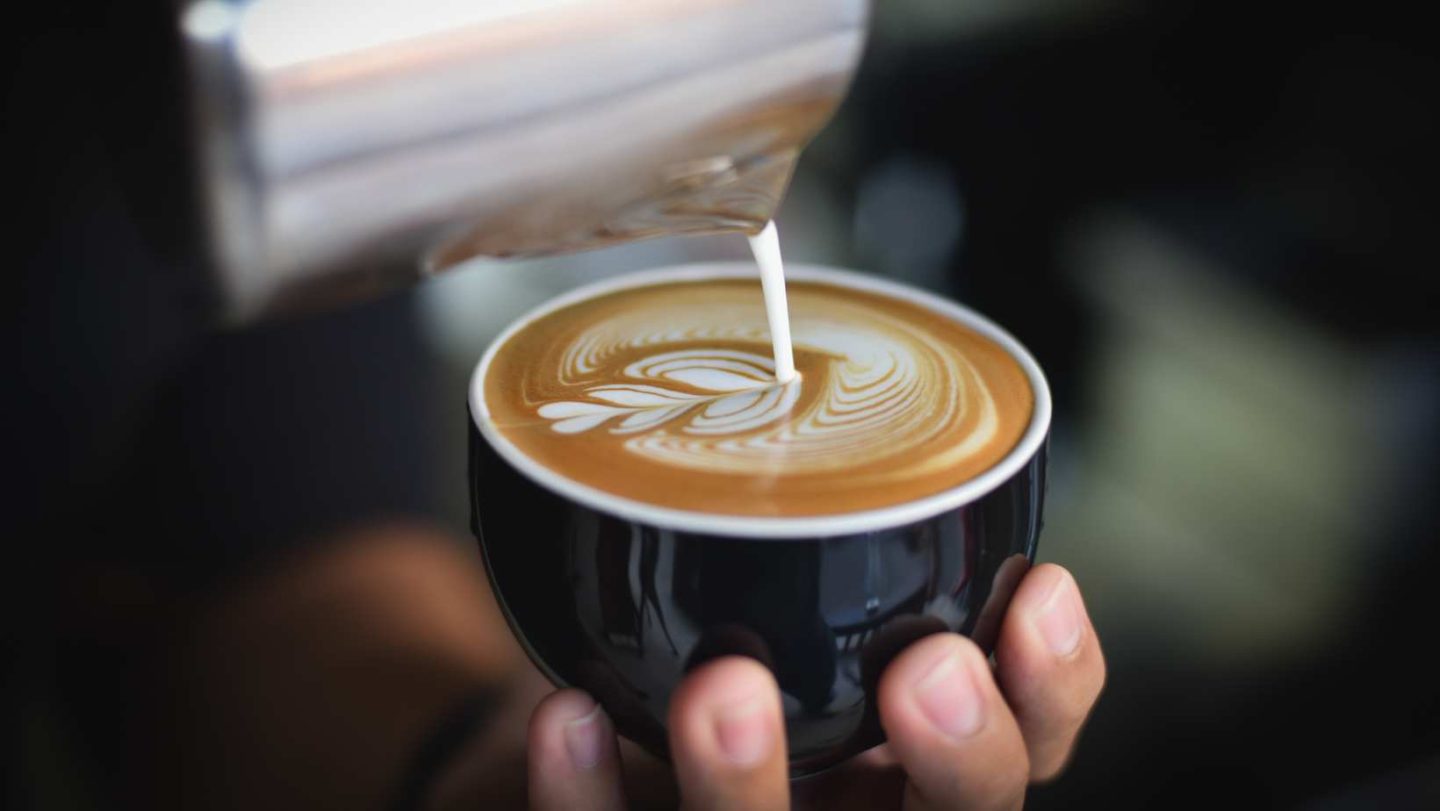
Cost
Cost of a Moka Pot
Moka pots are an excellent choice for budget-conscious coffee enthusiasts.
Their prices can vary based on material and size, but even high-quality models from respected brands like Bialetti are generally very affordable.
Moka pots offer a long-lasting, durable coffee making solution, making them an economical and worthy investment for those seeking to brew strong coffee at home without breaking the bank.
Cost of an Espresso Machine
Espresso machines, on the other hand, can be a significant investment.
Basic models can start at a modest price point, but higher-end machines that offer more advanced features can run into the thousands of dollars.
Despite the initial cost, many coffee aficionados argue that the superior flavor, control over the brewing process, and the ability to create café-style specialty drinks justify the expense.
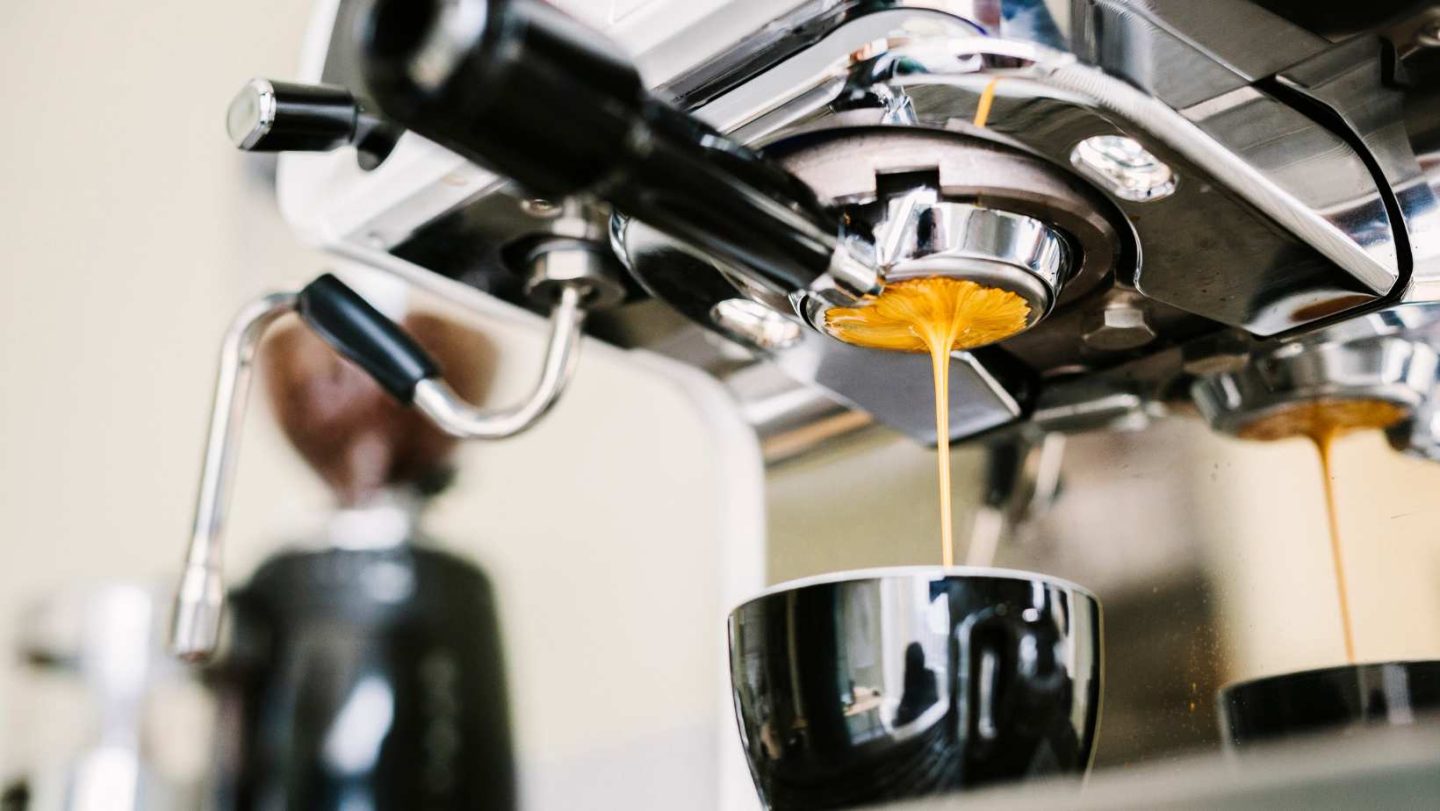
Coffee-to-Water Ratio
Moka Pot Coffee-to-Water Ratio
When brewing coffee with a moka pot, a common ratio is 1:10, or one part coffee to ten parts water. This ratio can be adjusted based on personal taste preferences, with a higher ratio leading to a stronger brew.
It’s worth noting that the moka pot’s brewing process naturally results in a robust coffee, even with a higher water content.
Espresso Coffee-to-Water Ratio
The coffee-to-water ratio for an espresso shot is typically 1:2, meaning one part coffee to two parts water. This results in a highly concentrated brew, emblematic of the espresso’s characteristically strong flavor and full body.
Some may adjust this ratio to accommodate their individual taste preferences, but straying too far from this standard can lead to a loss of the quintessential qualities of an authentic espresso shot.
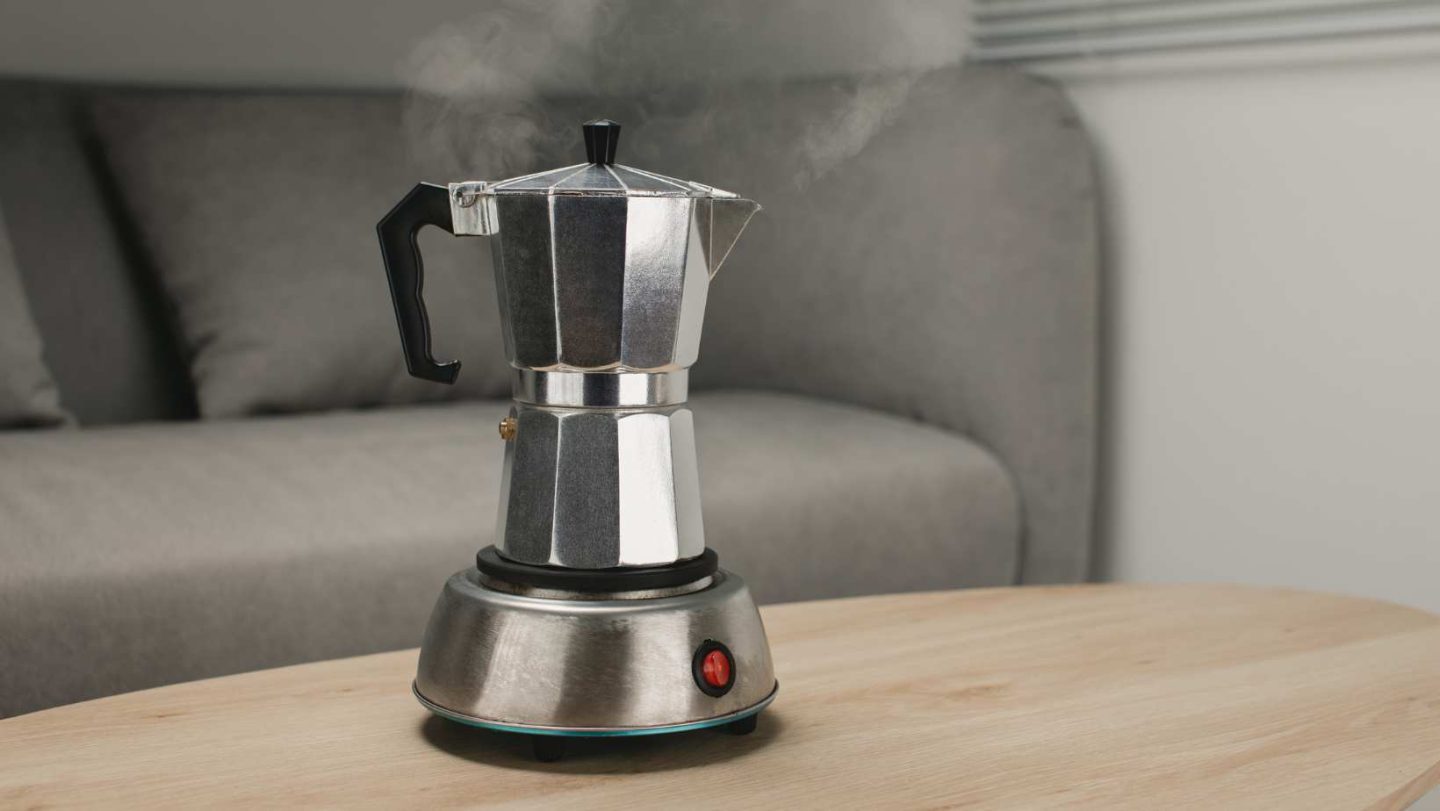
Deep Dive Into Moka Pot: The Best “Stovetop Espresso” Maker
What’s it Made of?
Most moka pots are made from aluminum due to its excellent heat conductivity, though you can also find stainless steel versions.
The Bialetti Moka Express, an iconic moka pot model, is a prime example of an aluminum moka pot.
How Does it Work?
The moka pot consists of three main parts: the lower chamber for water, the middle chamber or basket for coffee grounds, and the upper chamber where the brewed coffee ends up.
As the water in the lower chamber heats, it creates steam pressure, pushing the water through the ground coffee and into the top chamber.
How to Use it
Using a moka pot is fairly simple. Fill the bottom chamber with cold water, fill the basket with coffee grounds (medium to coarse grind is ideal), then screw on the top chamber.
Place the pot on medium heat and wait for the water to boil and coffee to fill the upper chamber.
Skill Level Required
While using a moka pot requires some experimentation with grind size and heat level, it is generally easy to use even for beginners.
What To Expect
Expect a strong and robust coffee, less intense than an espresso but more potent than a regular drip coffee. It’s a delicious cup of coffee with a smooth and rich flavor.
Resulting Brew
The resulting brew from a moka pot is strong, bold, and full-bodied. It’s not exactly an espresso, but it’s certainly a step up from regular drip coffee in terms of intensity.
Time (from Bean to Brew)
The entire process, from grinding the beans to enjoying your brewed coffee, should take around 10-15 minutes.
Ideal Coffee Types and Grind Size for Moka Pot
Medium to dark roast beans are often used with a moka pot to complement its strong brew. The grind should be medium to coarse, similar to sea salt.
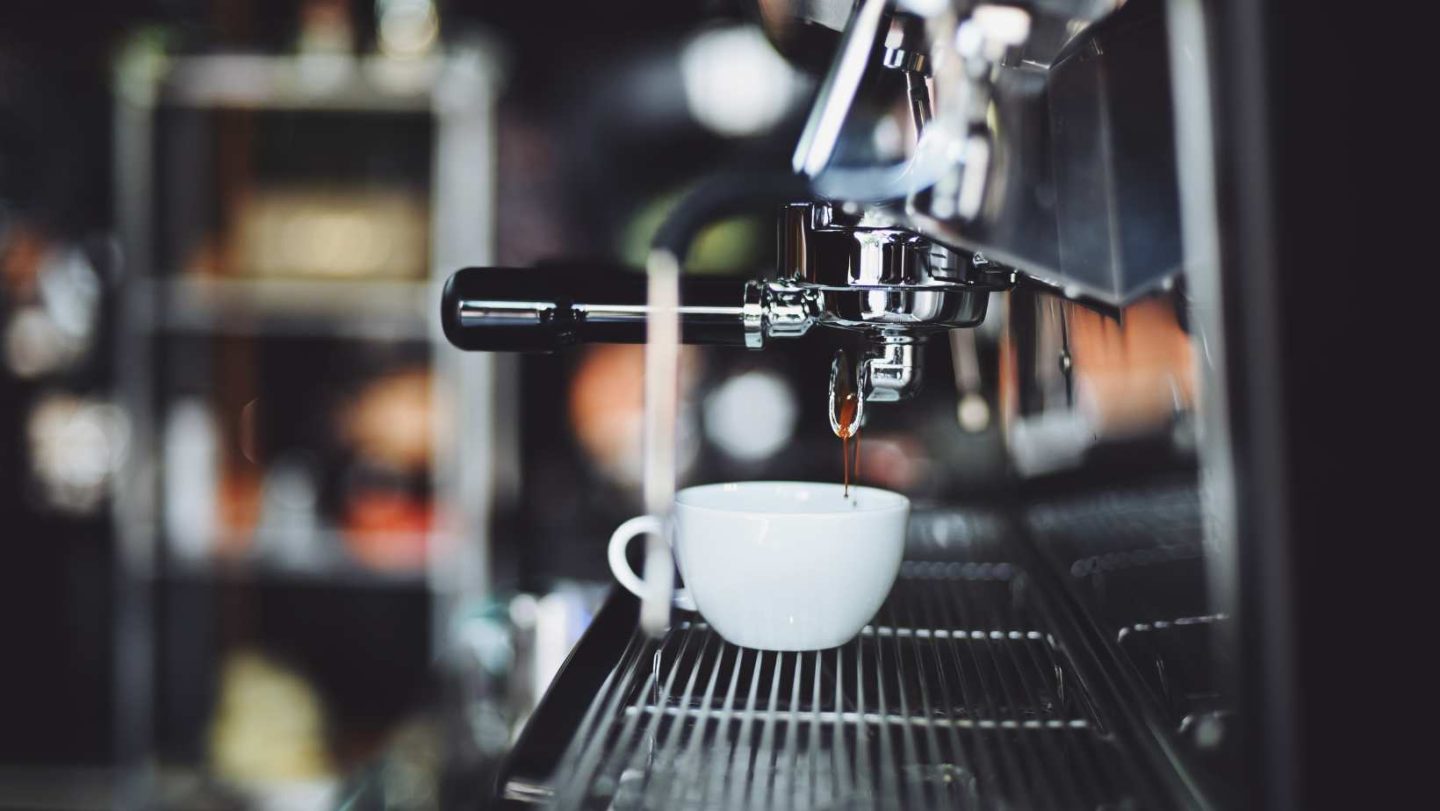
Deep Dive into the Espresso Machine: The Choice of Coffee Shops
What’s it Made of?
Espresso machines are generally made from metal, predominantly stainless steel. This ensures durability and efficient heat distribution.
How Does it Work?
An espresso machine works by forcing hot water at high pressure through tightly packed, finely ground coffee.
This high-pressure brewing method results in a shot of espresso with a rich crema on top.
How to Use it?
First, measure and grind your coffee. The grind should be fine, almost powdery.
Tamp the coffee into the portafilter and attach it to the machine. Start the brewing process, which forces hot water through the coffee.
Skill Level Required?
Using an espresso machine requires some skill and practice.
From grinding and tamping the coffee to timing the extraction, it’s more complex than using a moka pot.
What To Expect?
Expect a shot of espresso: rich, full-bodied, and intense. Espresso is thicker than regular coffee and topped with a layer of crema.
Resulting Brew:
The resulting brew is a concentrated, robust shot of coffee with a thick crema. This is the base for many coffee shop favorites like lattes, cappuccinos, and macchiatos.
Time (from Bean to Brew):
Espresso machines are relatively quick; the entire process from grinding the beans to brewing a shot takes around 5 minutes.
Ideal Coffee Types and Grind Size for Espresso Machine
Espresso machines usually work best with dark roast beans, but blonde espresso has also become popularized through Starbucks’ blonde roast, which has about 20 milligrams more caffeine per shot.
The grind size should be very fine, but not as fine as powdered sugar.
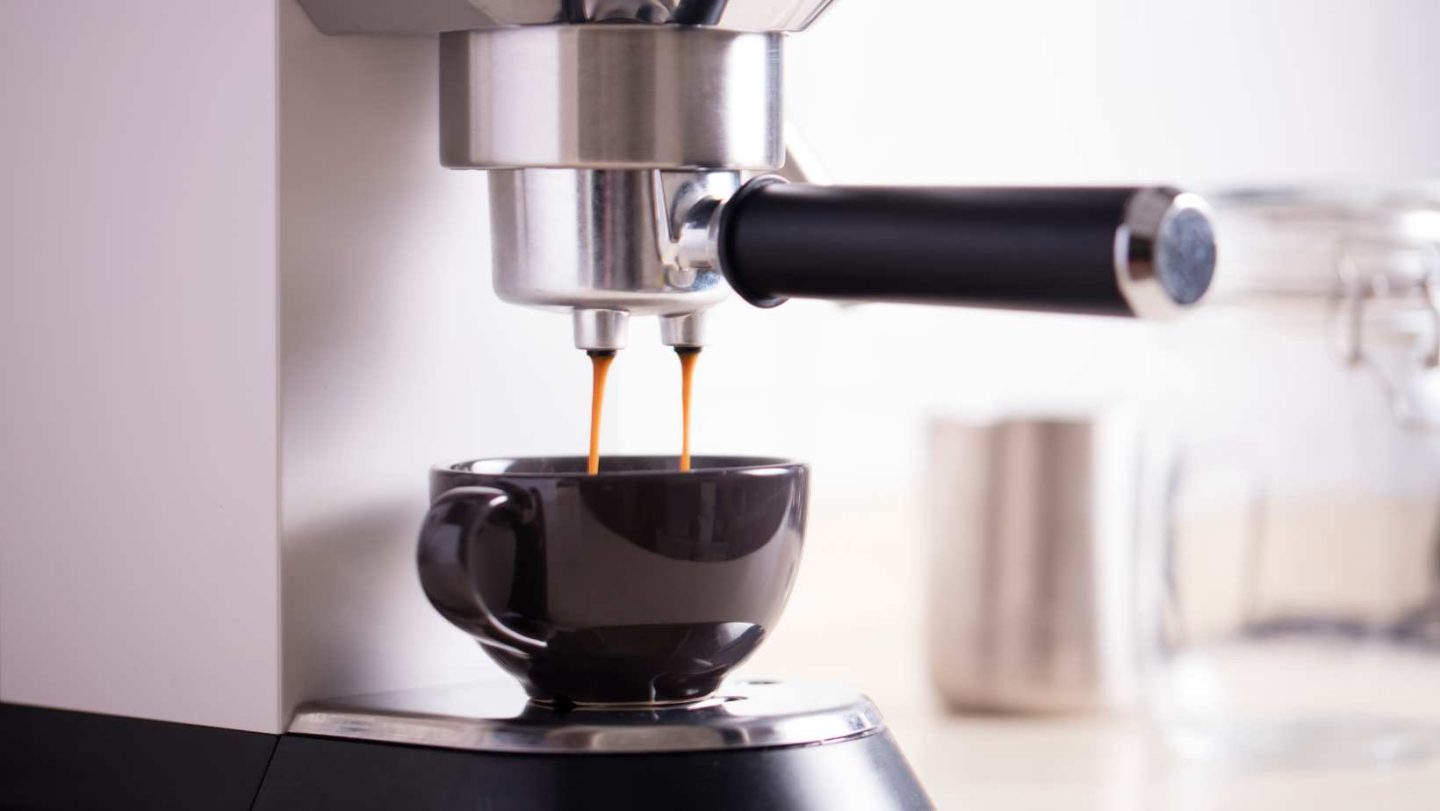
Our Verdict
Making a choice between a moka pot and an espresso machine can depend on a variety of factors, each associated with personal preference, lifestyle, and coffee-drinking habits.
However, if we were to boil it down to the simplest terms, here’s our take:
You Should Get a Moka Pot if
The best Moka Pot, and the one we recommend, is the Bialetti Moka Express.
You Should Get an Espresso Machine if
If you’re looking to take your first step into the world of home espresso brewing, we highly recommend the Breville Cafe Roma ESP8XL.
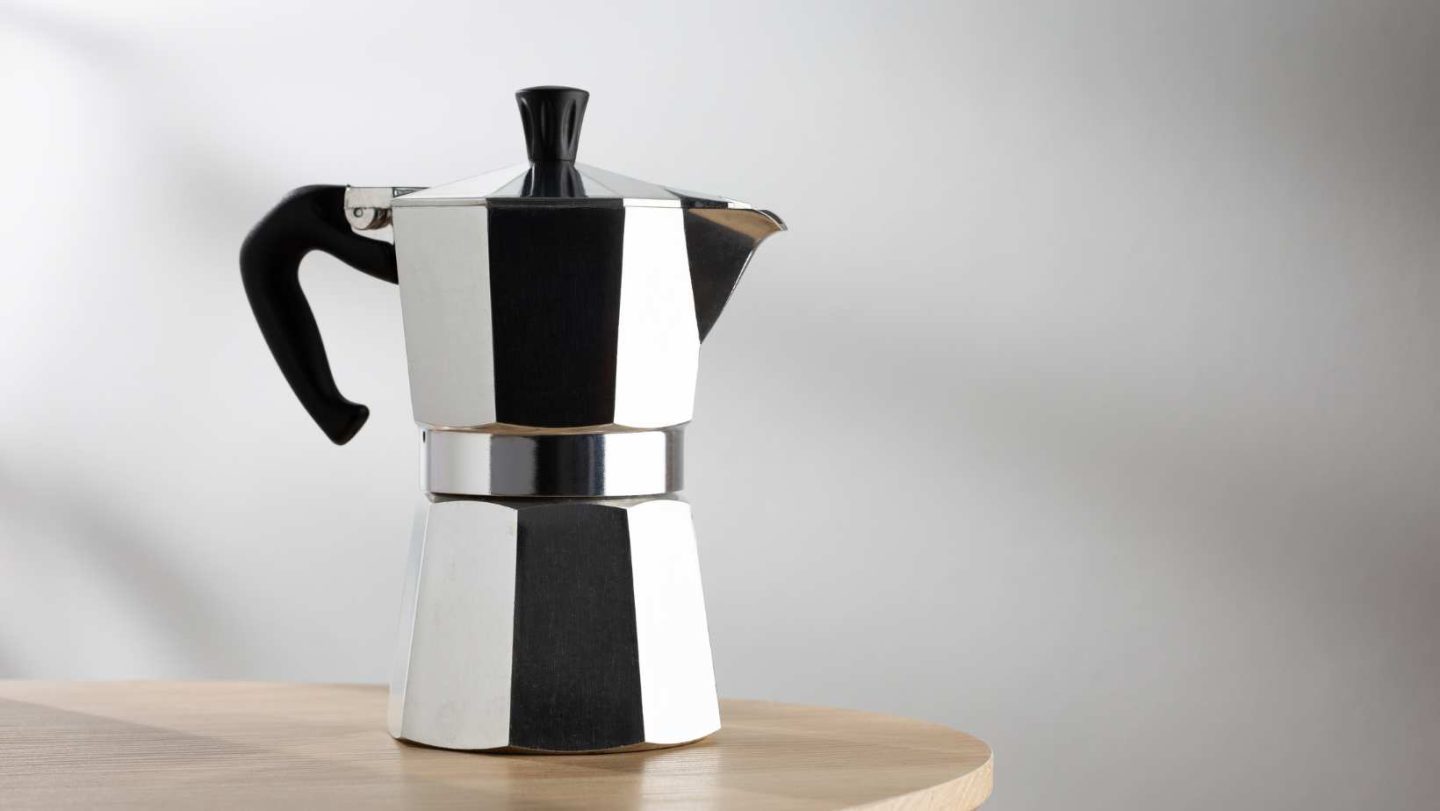
FAQ: People Also Ask
Is moka pot as strong as espresso?
The moka pot brews a strong coffee, but it’s not as concentrated or intense as an espresso due to the lower pressure during the brewing process.
Does moka pot taste like espresso?
The moka pot makes a rich, bold coffee that’s somewhere between drip coffee and espresso in terms of intensity. It doesn’t taste exactly like espresso, but it’s a close approximation.
Can you make espresso drinks with a moka pot?
While a moka pot cannot make a true espresso, the coffee it brews is strong enough to be used as a base for espresso-like drinks.
How much caffeine is in a moka pot vs espresso?
A shot of espresso typically contains around 64mg of caffeine, while a moka pot coffee has about 30-50mg of caffeine per ounce, depending on the coffee beans and brewing process.
Can you make weaker coffee with a moka pot?
Yes, by adjusting the coffee-to-water ratio or using less coffee grounds, you can make a weaker coffee with a moka pot.
Does a moka pot need special coffee?
No, a moka pot does not need special coffee. However, it works best with medium to dark roast beans, and the grind size should be medium to coarse.
Final Thoughts
The ultimate choice between a moka pot and an espresso machine depends largely on personal preference.
If you’re looking for a rich, robust coffee without the complexity of an espresso machine, a moka pot is a great choice.
If you prefer the intense, full-bodied flavor of espresso or want to make specialty coffee drinks at home, an espresso machine might be the way to go.
Whatever you choose, remember that a good cup of coffee is about more than just the brew—it’s about the experience of making it and the joy of drinking it. Happy brewing!
